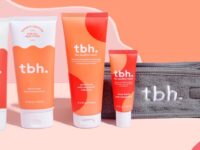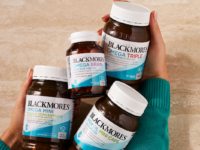A Perth-based consumer insights company, The U Group & Co, collects data from shoppers through images of their shopping receipts via mobile apps. It then neatly summarises the information to help brands and retailers figure out why and where people shop in the new omnichannel world.
Since its founding in 2019, the U Group & Co has tracked over 8 million shopping trips across 10,000 online and offline retailers. The company has seen significant growth in the volume and variety of online shopping data in the last 12 months, which traditional panels would have missed.
“It’s the new 21st-century consumer panel,” Tyler Spooner, CEO of The U Group & Co, said. “We capture more online consumption than a traditional consumer panel because we have simplified and modernised the panel experience.”
Customers are invited to upload their shopping receipts to an app to earn points, which they can later redeem with gift cards. Technology is then used to extract line items from the receipts, which means no more barcode scanning at home for panellists, providing less friction for the panellist when reporting their shopping history to ensure complete omnichannel coverage.
As the grocery landscape in Australia is more competitive than ever before, it is essential for manufacturers to have a complete omnichannel view of the consumers.
In just over a year, retailers such as The Reject Shop have teamed up with DoorDash, and Woolworths opened its first online marketplace.
Traditionally, shopper panels have helped the grocery industry understand Australian consumers’ purchasing habits, but in an increasingly fragmented market, it’s no longer enough to track traditional channels.
Spooner said the platform is about dismantling the ‘why’ behind the ‘buy’ so that manufacturers can be better informed about where their product should sit. And, retailers can be better informed about what their shoppers are buying in other stores. As we have seen with meal delivery platforms continuing to gain momentum and move further into the grocery space, they can offer a valuable insight into changing consumer behaviour.
“We track fast food consumption as well because we think more about the share of stomach rather than the share of category. So, what is competing for the stomach of the consumer? Have they stopped buying roast chickens at Coles and Woolworths because there’s a chicken special on KFC?
“Have we got category leakage here or have consumers chosen a completely different offering?”
This new type of omnichannel data opens up a host of insights for manufacturers and retailers. To find out more, visit www.theugroup.co







